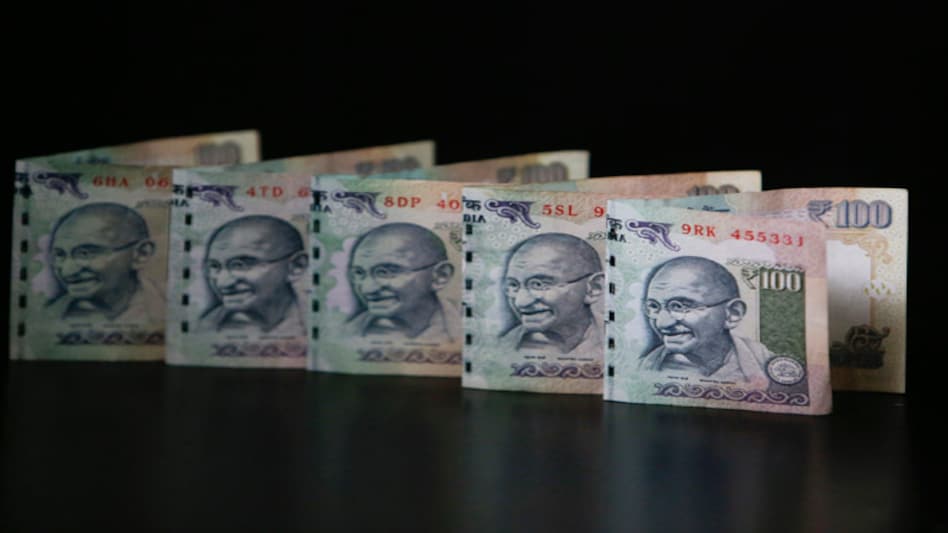 (Photo: Reuters)
(Photo: Reuters)  (Photo: Reuters)
(Photo: Reuters) Analysts have allayed fears of widening current account deficit, which was 2.1 per cent of the country's gross domestic product (GDP) for the July-September period, and pegged it in the range of 1.4 to 1.8 per cent for the full 2014-15 financial year due to falling crude oil prices.
"With the crude price set to average at US $74 per barrel during October-March period from US $107 per barrel in the first half, we expect CAD to narrow to 1.4 per cent of GDP in FY15 (2014-15) and 1.1 per cent in FY16 (2015-16)," Bank of America Merrill Lynch said in a report in Mumbai.
In the July-September quarter of the ongoing financial year, the CAD expanded to US $10.1 billion, or 2.1 per cent of GDP, from US $7.9 billion (or 1.7 per cent of GDP) in the first quarter.
In FY14, the country's CAD stood at 1.7 per cent of GDP and in the 2012-13 fiscal the deficit was at a high of 4.7 per cent, forcing the government to hike gold import duty and take many other measures.
The widening of CAD in Q2 was on account of a moderation in export growth, which stood at 4.9 per cent in the reporting period as against 10.6 per cent in the first quarter of FY15, along with an acceleration in gold imports which surged 8.1 per cent in the second quarter of the current fiscal.
Nomura, the Japanese brokerage said, "The recent relaxation in gold import norms and the subsequent rise in gold imports will be more than offset by the benefits to the current account owing to lower oil prices."
Brent crude prices on Tuesday slipped to a five-year low, falling below US $66 a barrel, on supply glut and are seen falling further.
Since June, the domestic basket crude oil has fallen over 34 per cent.
According to the Japanese financial services provider, every US $10 fall in oil prices lowers the oil import bill by around US $9 billion.
In FY14, the country imported crude oil worth US $155 billion with an average price of close to US $110 a barrel.
Meanwhile, the government has recently withdrawn the 80:20 scheme on gold imports, which mandated exporting a fifth (or 20 per cent) of all gold imported, before importing another lot of the yellow metal.
DBS Bank in a report said it expected the current account deficit to stay within 1.5-1.8 per cent range in the 2014-15 financial year.
"This year's CAD is well within the central bank's comfort range and funding needs will be well-cushioned by flows attracted to the revival in growth and profitability," DBS Bank report said.
Meanwhile, BofA-ML estimates the Reserve Bank of India (RBI) will still be able to maintain the critical eight-month import cover in March 2016, even if it sells US $15 billion of foreign exchange (forex) reserves to defend the 65 level.
Copyright©2025 Living Media India Limited. For reprint rights: Syndications Today